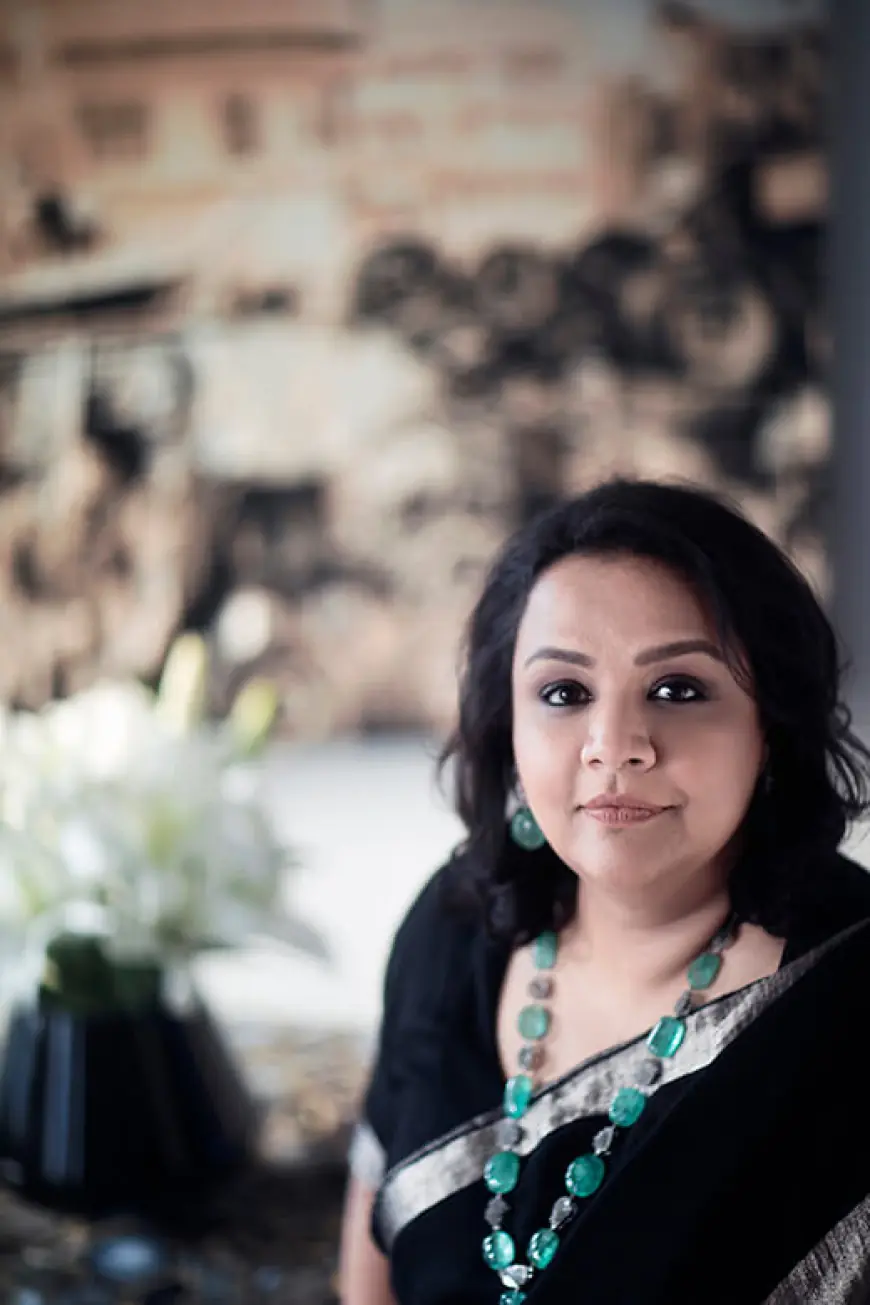Indian Traditional Art Painting: Stories Woven in Color and Devotion
Indian Traditional Art Painting is more than just an art form—it’s an experience that connects you with India’s roots. The first time I came across it, I felt like the paintings were alive, speaking in colors and patterns. What makes Indian Traditional Art Painting stand apart is its depth — Madhubani with its bold storytelling, Warli with its simple yet powerful village life scenes, Tanjore glowing with divine gold, and the detailed beauty of Deccan Miniature Painting. Each region adds its own soul to the canvas. Today, groups like Pichwai Tradition Pooja Singhal are making sure these traditions don’t fade, blending heritage with modern living. Owning or even viewing such paintings feels like carrying a piece of India’s spirit with you.

How I First Noticed It
I still remember walking through a small handicraft fair where one wall was full of colorful paintings. At first glance, they looked simple, but the more I stared, the more stories I could see — Krishna with his cows, a goddess surrounded by lotuses, farmers working in the fields. That was the day I really discovered Indian Traditional Art Painting. It didn’t feel like decoration. It felt alive, almost like the painting was talking.
Why It Feels Different
Unlike modern prints or posters, Indian Traditional Art Painting has soul. Every line and color has meaning. In Bihar, Madhubani artists use bold lines and natural dyes. Warli painters in Maharashtra use triangles and circles to show life in the villages. Down south, Tanjore paintings glow with gold. In Rajasthan, Pichwai art brings Lord Krishna’s leelas to life. Even the Deccan Miniature Painting has its own royal charm, where kings, gardens, and Persian influences all come together with incredible detail.
More Than Just Art on Walls
The thing I love about Indian Traditional Art Painting is that it doesn’t just sit silently in the corner of a room. It changes the space. A painting of a festival feels joyful, one of a calm cow feels peaceful, and a scene of Krishna feels devotional. It’s like carrying a piece of heritage into your home, one that also brings mood and meaning.
How It Is Still Alive Today
Of course, art like this could have easily disappeared in our fast, modern world. But there are people who’ve taken it upon themselves to keep it alive. I came across Pichwai Tradition Pooja Singhal, and what struck me was how they balance old and new. They’re not just preserving techniques, but also giving the art space in modern interiors and galleries. That’s how traditions survive — by breathing into today’s world while keeping the roots intact.
What It Leaves Behind

For me, Indian Traditional Art Painting is not about history books or museums anymore. It’s something personal. Whenever I see one, it slows me down. I notice the tiny strokes, the patient work, the devotion behind it. And that’s rare today, when most things rush past us.
What's Your Reaction?
 Like
0
Like
0
 Dislike
0
Dislike
0
 Love
0
Love
0
 Funny
0
Funny
0
 Angry
0
Angry
0
 Sad
0
Sad
0
 Wow
0
Wow
0























































